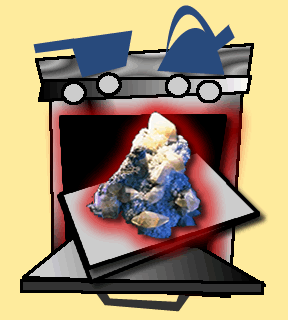Just like baking cookies, metamorphic rocks need to be "cooked" just right!
Click on image for full size
Windows to the Universe original image
Metamorphic Grades Describe “How Much”
Sometimes rocks are metamorphosed just a little bit. Other times, rocks are altered intensely. The degree that rocks are changed by metamorphism depends on how much heat and pressure they are put under, and for how long they are subject to these conditions. The amount of metamorphism is called the metamorphic grade. Millions of years after a rock has been metamorphosed, geologists can figure out how much heat and pressure it was subject to by looking at its minerals. That’s because different minerals will form during different amounts of metamorphism. The minerals listed below are clues to the metamorphic grade.
- Low grade metamorphic rocks form in temperatures of about 200 degrees Celsius. They contain minerals such as chlorite, muscovite, and biotite.
- Intermediate grade metamorphic rocks contain minerals such as garnet and staurolite.
- High grade metamorphic rocks form in temperatures of about 800 degrees Celsius. In that environment the rocks are on verge of melting. One mineral that forms in this intense heat is sillimanite, which is a common mineral in the rock gneiss.
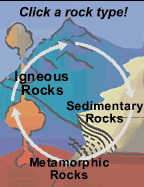
Last modified June 20, 2003 by Lisa Gardiner.
You might also be interested in:
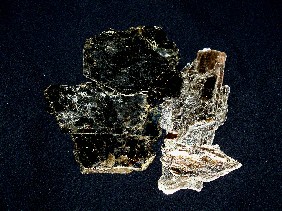
Mica minerals make some rocks sparkle! They are often found in igneous rocks such as granite and metamorphic rocks such as schist. They sparkle because light is reflected on their flat surfaces, which
...more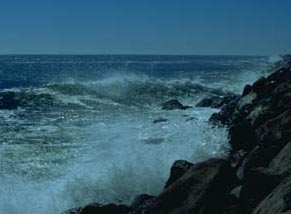
We all know that salt is a big part of the ocean water today. Two things help scientists figure out what chemicals may have been part of the Earth's early oceans. Igneous rocks are made of iron, aluminum,
...more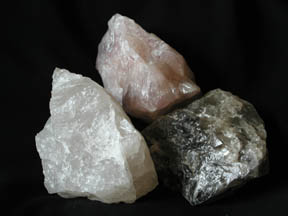
Each type of mineral is made of a unique group of elements that are arranged in a unique pattern. However, to identify minerals you don’t need to look at the elements with sophisticated chemical tests.
...more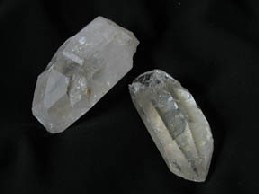
Quartz is the second most common mineral in Earth’s crust. It is a member of the quartz group, which includes less common minerals such as opal, crystobalite, and coesite. Silica (Si) and Oxygen (O) are
...more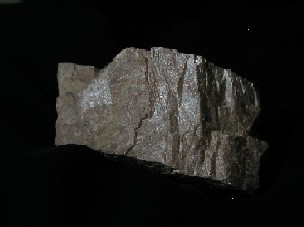
Feldspar is the most common mineral in the Earth’s crust, so you are very likely to find it in the rocks you collect! It is found it all of the three rock types, but is most common in intrusive igneous
...more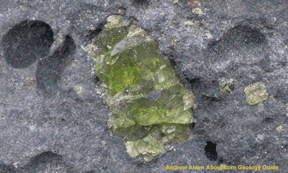
Olivine looks like little green crystals. It is typically found in some igneous and metamorphic rocks. Often the crystals are so small that you need to use your hand lens or magnifying glass to see them
...more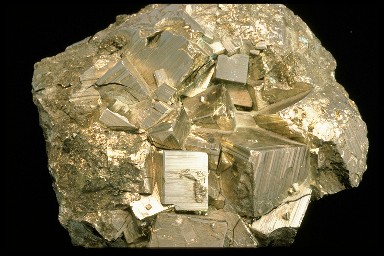
So far, over 2000 minerals have been found, and every year new ones are discovered. This is a pretty overwhelming number of different types of minerals, however, you don't need to know them all to be
...more



